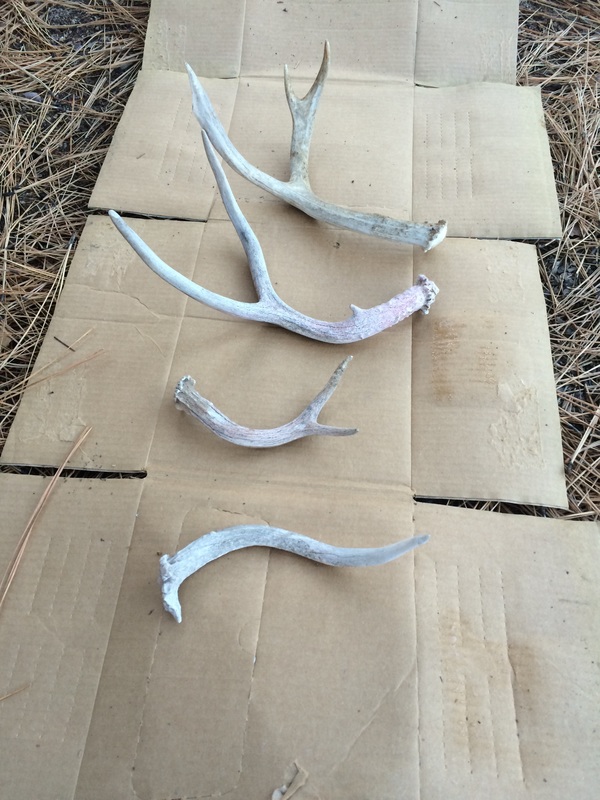
If you need a great way to display kid’s artwork or other papers that are not the standard cute but done chalkboard, this is a super cute, nearly free, and rustic DIY alternative. I’ll show you how to distress a piece of metal (salvaged, thrifted, repurposed) to transform it into a rustic and functional display.

Now that I have a 4-year-old, the art creation and content level in our home have skyrocketed. My little darlings are creating more awesome construction paper gems than I ever thought possible and I want to display them for at least a little while before storing them to cry over in years to come.















